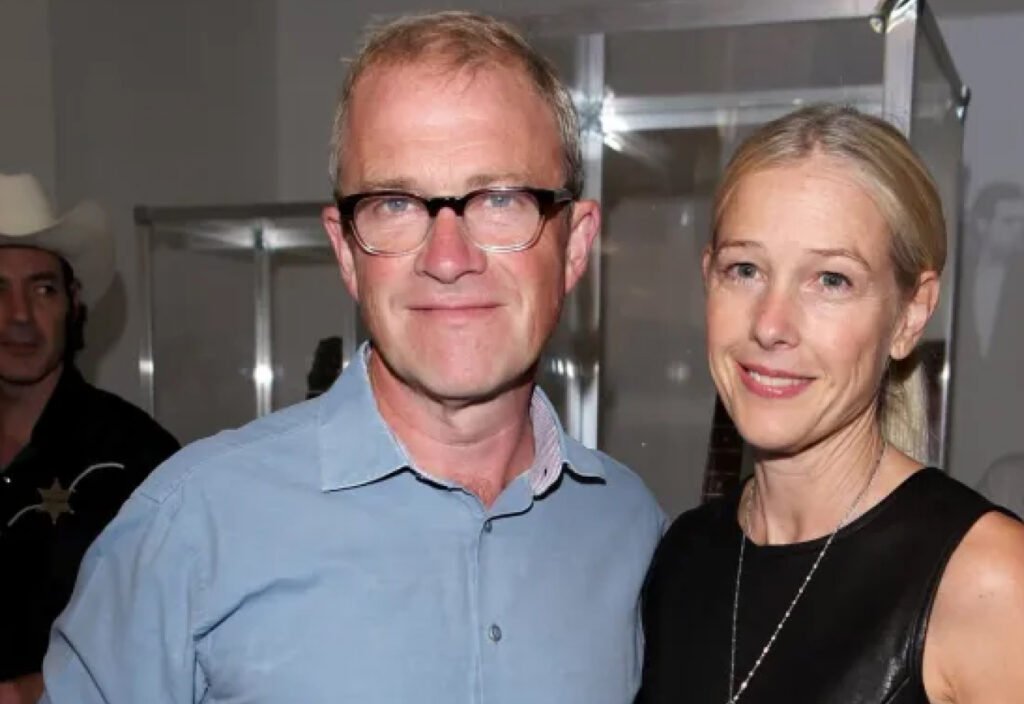
Barney Powell: A Story of Innovation, Leadership, and Vision
In every era, there are individuals whose ideas and determination shape industries and inspire people to think differently. Barney Powell is one of those names that has steadily gained recognition for his influence, innovation, and leadership across multiple domains. Whether you encounter his name in the context of technology, entrepreneurship, design, or creative leadership, Barney Powell represents the modern spirit of progress — someone who merges creativity with practicality, and vision with execution.
This article takes a deep dive into the life, career, and impact of Barney Powell, exploring who he is, what he stands for, and how his work continues to influence those around him.
Who Is Barney Powell?
While there are several individuals who share this name across different industries, the most notable Barney Powell is recognized for his contributions in automotive design and innovation, business leadership, and sustainable technology. Powell’s career spans over two decades of groundbreaking work in engineering, design thinking, and the integration of sustainability into modern technology.
At his core, Barney Powell embodies the archetype of the modern innovator — someone who is not only technically skilled but also capable of envisioning long-term change in how people interact with technology and design. His journey reflects a deep passion for problem-solving, creativity, and improving the human experience through thoughtful design.
Early Career and Education
Barney Powell’s academic background reflects his early interest in both art and engineering. He pursued design and engineering-related studies, combining his fascination for aesthetics with technical mastery. This dual approach set the foundation for a career that would consistently bridge the gap between functionality and beauty — something that has defined his work in industrial design and product innovation.
In his early years, Powell was drawn to the automotive industry, inspired by the idea that cars could be more than just transportation — they could be moving pieces of art that represent freedom, identity, and technological advancement. This perspective drove him toward working with leading automotive brands where he could put his creative skills to the test.
Career in Automotive Design
One of Barney Powell’s most significant contributions has been in the automotive design sector. His expertise in vehicle development, design strategy, and brand aesthetics positioned him as a key player in shaping modern vehicle design philosophy.
During his tenure in the automotive industry, Powell worked with major global brands, helping to craft vehicles that were not only beautiful to look at but also engineered for performance, sustainability, and safety. His design approach always focused on creating harmony between form and function — ensuring that every curve, surface, and feature had purpose and meaning.
His leadership roles in design departments often revolved around fostering creativity while maintaining a sharp focus on consumer needs and environmental impact. He pushed teams to think differently about what a car could be — from its materials to its interaction with technology and the user.
Transition to Sustainable Innovation
As global industries shifted toward sustainability and environmental responsibility, Barney Powell became a prominent voice advocating for sustainable design and production methods. He recognized early that innovation was not just about building better products but about building smarter systems — systems that reduce waste, optimize resources, and create long-term value for both businesses and consumers.
His focus expanded beyond cars to encompass broader industrial and consumer product design. Powell began to explore new materials, eco-friendly production processes, and circular design models that emphasize reusability and minimal environmental impact.
This transition marked a defining moment in Powell’s career. He demonstrated that sustainability and profitability are not mutually exclusive — they can coexist when guided by thoughtful design and innovative thinking. His work has inspired a new generation of designers and engineers to consider the environmental implications of their creations.
Leadership and Philosophy
One of Barney Powell’s most defining qualities is his leadership philosophy. Colleagues and collaborators describe him as a visionary who empowers teams to take risks, think creatively, and pursue excellence.
He believes that leadership in the modern world is about facilitating creativity, not controlling it. His management style emphasizes collaboration, curiosity, and cross-disciplinary communication. Powell often highlights that innovation happens when designers, engineers, marketers, and sustainability experts all work together — not in silos.
His leadership also reflects a strong ethical dimension. Powell emphasizes responsibility in design — the idea that designers and innovators have a moral obligation to consider how their creations impact society and the planet. This sense of purpose is what drives many of his projects and initiatives.
Entrepreneurial Ventures
Outside of his corporate and design work, Barney Powell has also been active as an entrepreneur and consultant, helping startups and established companies reimagine their products and services through the lens of innovation and sustainability.
He has worked with technology companies, mobility startups, and creative studios to help them find clarity in their design direction and business strategy. His consulting approach is hands-on, strategic, and grounded in real-world application. He encourages businesses to think beyond trends and focus on long-term value creation.
Entrepreneurship, for Powell, isn’t just about starting new ventures — it’s about cultivating the mindset of adaptability, innovation, and courage. His mentorship and consulting work reflect his dedication to helping others grow and succeed in an ever-changing marketplace.
Impact on Modern Design Thinking
Barney Powell’s influence on design thinking cannot be overstated. He has been a vocal advocate for integrating design thinking into corporate strategy — using empathy, creativity, and experimentation to solve complex business and technological problems.
His approach has been adopted by organizations seeking to foster innovation at every level, from product development to customer experience. By emphasizing user-centric design, Powell has helped redefine how companies approach innovation — focusing on the human side of technology.
He often emphasizes that design thinking is not a process exclusive to designers — it’s a way of thinking that every leader and decision-maker can use to make smarter, more human-centered choices.
Recognition and Legacy
Over the years, Barney Powell has received recognition for his work across various industries. From awards in automotive design to accolades for sustainability and innovation, his career stands as a testament to what can be achieved when creativity meets discipline.
Yet, perhaps his greatest achievement lies not in awards but in influence — the countless designers, engineers, and entrepreneurs he has inspired to pursue meaningful innovation. His work continues to shape conversations about the future of design, technology, and environmental responsibility.
Lessons from Barney Powell’s Journey
Barney Powell’s career offers several key takeaways for anyone interested in creativity, innovation, and leadership:
- Design with Purpose — Every creation should have meaning and serve a clear purpose.
- Sustainability Is the Future — Innovation must consider its environmental and social impact.
- Collaboration Breeds Innovation — The best ideas emerge when different disciplines work together.
- Leadership Is About Empowerment — Great leaders inspire others to explore, create, and grow.
- Stay Curious — The world of design and technology is constantly evolving; continuous learning is essential.
Conclusion
Barney Powell represents a new generation of innovators — those who understand that the future depends not only on technological progress but also on human creativity, ethical responsibility, and sustainable thinking. His journey from automotive design to sustainability leadership illustrates how vision and adaptability can create lasting change.



















